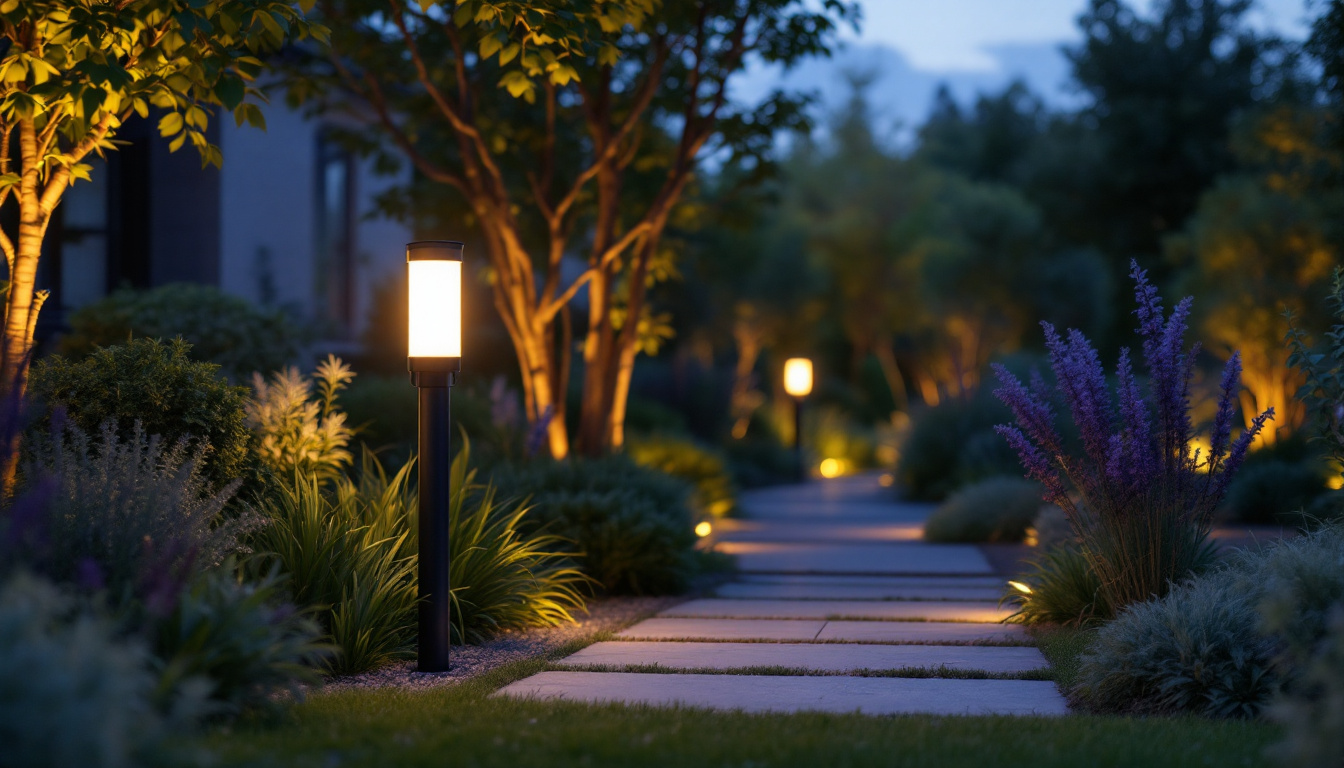
In the ever-evolving world of lighting design, low voltage LED tape lights have emerged as a versatile and efficient solution for various applications. Lighting contractors must stay informed about the essential facts surrounding these innovative products to provide the best service to their clients. This article delves into the key aspects of low voltage LED tape lights, including their benefits, installation considerations, and practical applications.
Low voltage LED tape lights, often referred to as LED strip lights, are flexible circuit boards populated with light-emitting diodes (LEDs). These lights operate on a low voltage, typically 12V or 24V, making them safe and energy-efficient options for a wide range of lighting applications. Their versatility allows them to be used in various settings, from residential to commercial spaces, and they can enhance both functionality and aesthetics.
In addition to their energy efficiency, low voltage LED tape lights are known for their longevity. Unlike traditional incandescent bulbs, which may burn out quickly, LED lights can last up to 50,000 hours or more, significantly reducing the need for frequent replacements. This durability makes them an attractive option for both temporary and permanent installations, as users can enjoy consistent lighting without the hassle of regular maintenance.
LED tape lights consist of several key components that contribute to their functionality and versatility. The primary elements include:
Additionally, many LED tape lights feature integrated controllers that allow users to adjust brightness levels and color settings, enhancing the overall user experience. Some advanced models even offer smart technology compatibility, enabling control via smartphone apps or voice commands. This level of customization not only makes the lights more functional but also allows users to create the perfect ambiance for any occasion.
There are various types of LED tape lights available, each designed for specific applications. The most common types include:
Furthermore, there are also specialty LED tape lights designed for specific environments, such as waterproof variants for outdoor use or high-output models for commercial applications. These specialized options ensure that users can find the right type of LED tape light to suit their needs, whether they are looking to illuminate a cozy living room, create a vibrant party atmosphere, or enhance the visibility of a workspace. With such a diverse range of choices, LED tape lights have become a go-to solution for creative lighting design across various settings.
Low voltage LED tape lights offer numerous advantages that make them an attractive choice for both contractors and clients. Understanding these benefits can help contractors recommend the best solutions for their projects.
One of the most significant advantages of low voltage LED tape lights is their energy efficiency. Compared to traditional incandescent or fluorescent lighting, LED lights consume significantly less power while providing the same or greater brightness. This efficiency translates into lower energy bills for clients and a reduced environmental impact.
LED tape lights have an impressive lifespan, often lasting up to 50,000 hours or more. This longevity reduces the need for frequent replacements, making them a cost-effective option in the long run. Additionally, LEDs are more durable than traditional bulbs, as they are less susceptible to breakage and damage.
The flexibility of LED tape lights allows for creative lighting solutions in various settings. They can be installed in tight spaces, along curves, or even cut to specific lengths to fit unique designs. This adaptability makes them suitable for residential, commercial, and industrial applications alike.
While low voltage LED tape lights are relatively easy to install, there are several key considerations that contractors should keep in mind to ensure a successful installation.
Choosing the right power supply is crucial for the proper functioning of LED tape lights. Contractors must ensure that the power supply matches the voltage of the tape lights (12V or 24V) and can handle the total wattage required for the installation. It is advisable to calculate the total wattage by multiplying the wattage per foot by the total length of tape being installed.
Although LED tape lights produce less heat than traditional lighting options, they can still generate some heat during operation. Proper heat management is essential to maintain the longevity and performance of the lights. Installing the tape lights on heat-dissipating surfaces or using aluminum channels can help manage heat build-up.
The adhesive backing on LED tape lights is designed for easy installation; however, the surface must be properly prepared for optimal adhesion. Contractors should ensure that the surface is clean, dry, and free from dust or grease. In some cases, additional adhesive may be required for surfaces that are not conducive to the tape’s adhesive backing.
Low voltage LED tape lights can be utilized in a variety of settings, making them a favorite among lighting contractors. Their versatility allows for creative solutions in both residential and commercial environments.
In residential settings, LED tape lights can enhance the ambiance and functionality of various spaces. They are commonly used for:
In commercial environments, LED tape lights serve both functional and aesthetic purposes. They can be found in:
LED tape lights are also suitable for outdoor applications, adding safety and beauty to exterior spaces. They can be used for:
With a wide variety of LED tape lights available, selecting the right product for a specific project can be challenging. Contractors should consider several factors to ensure the best fit for their clients’ needs.
When choosing LED tape lights, it is essential to consider the brightness required for the application. Lumen output is a key indicator of brightness; higher lumen ratings indicate brighter lights. Contractors should assess the intended use of the lights and recommend products that provide adequate illumination for the space.
The color temperature of LED tape lights can significantly impact the ambiance of a space. Warm white (2700K-3000K) creates a cozy and inviting atmosphere, while cool white (4000K-5000K) offers a more modern and vibrant feel. Daylight white (5000K-6500K) mimics natural daylight and is ideal for task-oriented spaces. Understanding the client’s preferences and the intended use of the space will guide the selection of the appropriate color temperature.
For outdoor installations, the Ingress Protection (IP) rating is crucial. This rating indicates the level of protection against dust and moisture. Contractors should select LED tape lights with a suitable IP rating for outdoor use, typically IP65 or higher, to ensure durability and performance in varying weather conditions.
While low voltage LED tape lights require minimal maintenance, occasional issues may arise. Understanding common problems and their solutions can help contractors provide better service to their clients.
Some common issues with LED tape lights include flickering, dimming, or complete failure. Flickering may be caused by a poor connection, incompatible dimmer switches, or insufficient power supply. Dimming can occur if the power supply is overloaded or if the tape lights are not compatible with the dimmer. Complete failure may indicate a damaged LED chip or a faulty power supply.
Regular inspections can help identify potential issues before they escalate. Contractors should advise clients to periodically check connections, inspect for signs of wear or damage, and ensure that the power supply is functioning correctly. Prompt attention to any issues can extend the lifespan of the LED tape lights and maintain their performance.
Low voltage LED tape lights are an essential tool for lighting contractors, offering a blend of energy efficiency, versatility, and aesthetic appeal. By understanding the key components, benefits, installation considerations, and practical applications of these lights, contractors can provide informed recommendations to their clients. With the right knowledge and skills, lighting contractors can harness the power of LED tape lights to create stunning and functional lighting solutions that meet the diverse needs of their clients.
As the demand for innovative lighting solutions continues to grow, staying updated on the latest advancements in LED technology will ensure that contractors remain competitive in the industry. Embracing low voltage LED tape lights not only enhances project outcomes but also contributes to a more sustainable future in lighting design.
Ready to elevate your lighting projects with the efficiency and versatility of low voltage LED tape lights? Look no further than LumenWholesale, where we provide lighting contractors with the highest quality, spec-grade lighting products at unparalleled wholesale prices. Our commitment to cutting out the middleman means you get access to superior lighting solutions without the burden of inflated markups. With our expansive selection that meets rigorous industry standards, you can trust that your installations will shine with reliability and high performance. Plus, our hassle-free bulk buying experience includes free shipping, ensuring you receive premium lighting at the best value — with no hidden fees. Take the next step in innovative lighting design and experience Wholesale Lighting at the Best Value with LumenWholesale.

Illuminate your landscaping projects with our comprehensive guide on the best lawn solar lights.

Discover how LED motion sensor floodlights can revolutionize cost-efficiency for lighting contractors.

Discover how the Rab 120 Volt Garden Lighting Fixture is revolutionizing outdoor lighting with its innovative design and easy installation.

Explore the science and practicality of using LED rope light corner mounts on mirrors in this insightful guide for lighting contractors.